“To filter muddy water, we need a bandage and an empty jar. We insert one end of the bandage into muddy water, then put the other end into an empty jar and wait till it starts filtering. The clean water will begin to move to the empty jar, and the sediment remains on the bottom of the jar where the muddy water was.”
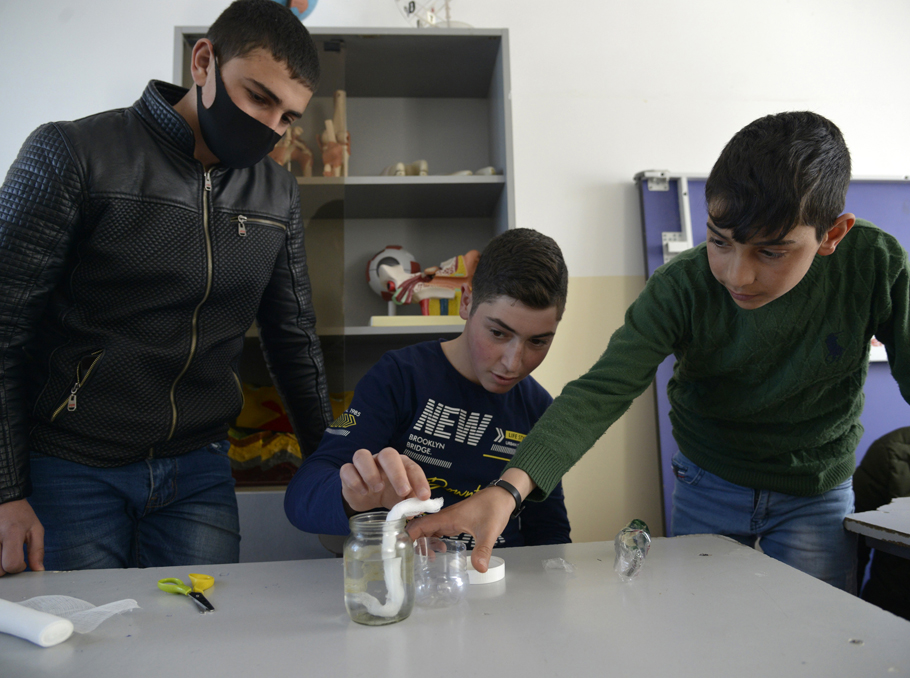
Photo: Vaghinak Ghazaryan/ Mediamax
David is showing his classmates how polluted the water they drink is. The problem of drinking water in Katnarat community of Lori region is so distressing that when the students were given an opportunity to implement a community project they jumped to the idea and decided to study the water problem instead of thinking about building a playground or a gym.

Photo: Vaghinak Ghazaryan/ Mediamax
The “Water for Life” project was developed by Katnarat students in 2020 during Teach For Armenia Summer Camp. Within the framework of the program, about 300 children from 5 regions of Armenia learned to develop a community impact project. During 15 lessons, the children, paired in groups, considered the possibilities of their community, chose a project idea, did research, and together with community members studied available and necessary resources, drafted a budget and a schedule.
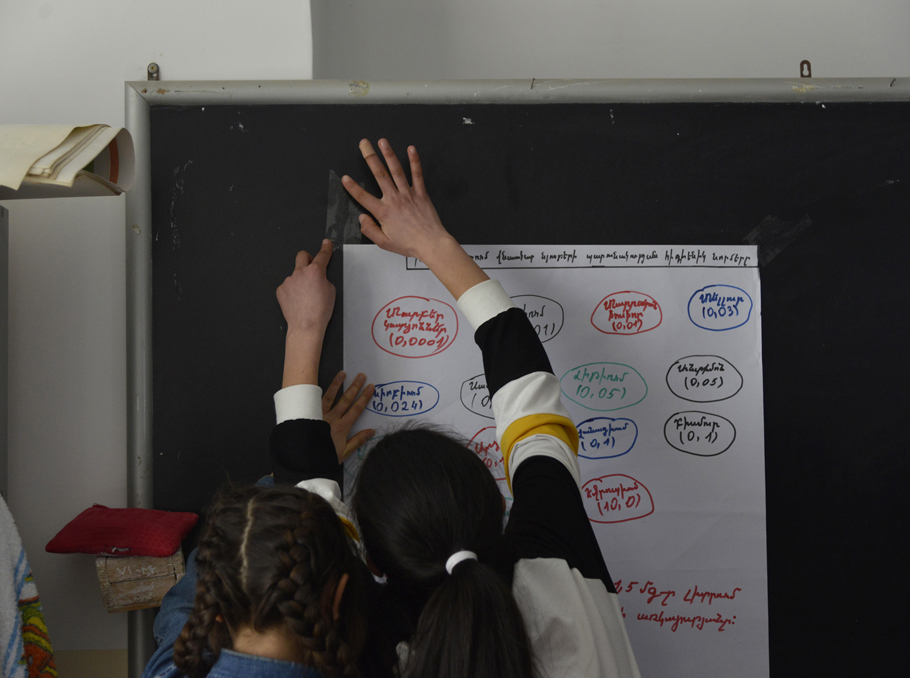
Photo: Vaghinak Ghazaryan/ Mediamax
“The students see not the problems of their community but the possibilities; they try to understand what treasures, interesting things exist out there that they can develop and bring change, using the knowledge and skills acquired at school.

Photo: Vaghinak Ghazaryan/ Mediamax
We are trying to give the students maximum opportunity and a platform for them to promote the project, make their own decisions, while the teacher as a mentor will be a helping force. Besides, if the teacher arranges everything, the community will not be able to do much without him when the program ends and he leaves after 2 years of teaching. Whereas, if the students have thought everything through on their own and developed the project themselves, it will be easier to ensure its continuity,” says Nune Harutyunyan, Student Leadership Manager at Teach For Armenia.

Photo: Vaghinak Ghazaryan/ Mediamax
Some of the selected 24 projects have already been implemented. Community members have also taken an active part in them. To promote a healthy lifestyle in Tsaghkashat, students have set up a vegetable greenhouse; to break stereotypes about border villages they created a trilingual blog in Choratan representing the community. They are also going to recycle garbage in Tsovazard.
Nune Harutyunyan says that these initiatives step by step bring them closer to their goal set for 2050. With acquired knowledge and skills, today’s student will be the force that will change their community and country in 30 years.

Photo: Vaghinak Ghazaryan/ Mediamax
“Our goal is not to resolve the issues of 24 communities with these projects, but to help develop children’s civil responsibility, strengthen ties with the community, so that they understand that they have the potential to bring change, can lead themselves, lead others, and hopefully lead systems one day. This will be one of the driving forces.”
For several months now, the students of Katnarat have been meeting after classes, discussing their tasks, dividing them and getting to work. Only a small part of Katnarat receives water through pipes from the spring of the neighboring village. Most of the community uses unfiltered river water.

Photo: Vaghinak Ghazaryan/ Mediamax
“We decided that we should have a good idea and draft a project. In order not to make a mess and do everything all at once, we took steps in order. We realized that we must have a budget for the things we might need. We conducted interviews, researched information online and included it in our description. We made slides, painted them and made them look beautiful,” says Ovsanna.

Photo: Vaghinak Ghazaryan/ Mediamax
“We researched what harmful chemicals, pesticides the water contains. We took samples of water and left them for some time to see how much sediment accumulates. We asked the residents if they were satisfied with water quality, what other changes they wanted. We have recently had diseases due to bad water quality, and there were questions about them as well. People said that water pollution caused acute intestinal infections in children. Even animals get sick because of the water,” says Emma presenting their studies.
Interviews are the biggest and hardest part of the job. Everyone looks at Aram laughing while talking about this. They say he has a knack for getting the information he needs from people.

Photo: Vaghinak Ghazaryan/ Mediamax
“We would get a little embarrassed and were a bit at a loss. We asked other questions, listened to the answers and quickly wrote them down. People refused to be photographed. We would beg them to at least let us take their picture from behind,” says Alisa.
They can’t resolve the problem completely, but they want to share with their fellow villagers what they have learned thanks to the project. They summarized the studies and decided to inform the residents how to use water safer. They are going to make posters soon and post them in different parts of the village.

Photo: Vaghinak Ghazaryan/ Mediamax
“There are several options: to boil the water, filter, distill, turn on the faucet and let the water run a little so that it gets cleaner to some extent or pour it into a container, wait until it settles and only then use it.”
We didn’t believe the project would win and our voice would be heard, they say.
- But everything is possible because we are with comrade Chopuryan, - David announces from his last row seat, without interrupting his water filtering experiment.

Photo: Vaghinak Ghazaryan/ Mediamax
- They would have done it regardless, even without me, - says the Geography teacher, confused by David’s confession.
Knarik joined Teach for Armenia movement two years ago and moved to Katnarat. “I came to change something in students’ life,” she says.

Photo: Vaghinak Ghazaryan/ Mediamax
Knarik is from Dsegh, but she has just discovered this part of Lori.
“I moved from one village of Lori region to another, but these villages are so different by their size, location and climate that I don’t feel that I am in the same region. Even the mentality is different. I attribute it to the fact that this area is closer to Shirak region, while Dsegh is closer to Georgia.”

Photo: Vaghinak Ghazaryan/ Mediamax
Knarik is a Geography teacher, but she never worked after graduation. She was sure that she had chosen the right profession. Knarik enjoys working with children, but she has always feared whether she would be able to manage the classroom. Knarik has been getting ready to enter school on September 1 for a long time.
I had worries, and was constantly thinking about how they would welcome me, especially because three TFA teachers have worked here previously, and the students knew all the good teachers who had been at this school before me.
I had barely set foot in school, when one of the girls, whose name I didn’t even know, came and hugged me. It motivated me from the very first moment. Then I entered the 12th grade classroom. I didn’t even introduce myself, when one of the boys said: “We already know everything about you.” I was both embarrassed and glad that the children had asked around about me.”

Photo: Vaghinak Ghazaryan/ Mediamax
For almost two years Knarik has been enjoying being a teacher. She says she could have never imagined that there is so much joy in teaching. She will definitely stay more than two years if given the opportunity. Children, too, plan to keep her in Katnarat.
“One of my lower grade students came and asked with a serious face: “Where should I stage a strike so that you stay in the village?”

Photo: Vaghinak Ghazaryan/ Mediamax
They often visit with Comrade Chopuryan. Sometimes she invites her students for coffee, if she feels that something is off, and they need to talk. They go hiking when the weather is nice, talk and read surrounded by nature. She also keeps in touch with the graduates. Three of her former students are already soldiers.

Photo: Vaghinak Ghazaryan/ Mediamax
“I found my calling in children. They are all different: there are active and very passive students who sit in the far end of the classroom, they always study but never make a sound. We just need to always pay attention to these children, always remind them that they are valued. It is not about grading them; they must feel the love of the teacher. I like to hug my students, to tell them that the gleam in their eyes is very beautiful and makes me happy. Today I was teaching in the 5th grade, where I am a homeroom teacher. I was in a hurry and forgot to say that I loved them very much. And one of my students didn’t hesitate to ask: “Comrade Chopuryan, don't you love us anymore?”
Thanks to Knarik’s efforts, one of the rooms at the House of Culture will be soon turned into a student employment center. The renovation is almost over, they will furnish it soon, bring board games, maps, computers. High school boys take an active part in the work.

Photo: Vaghinak Ghazaryan/ Mediamax
Knarik runs from the House of Culture to school again: they are summarizing the final phase of “Water for Life” project.
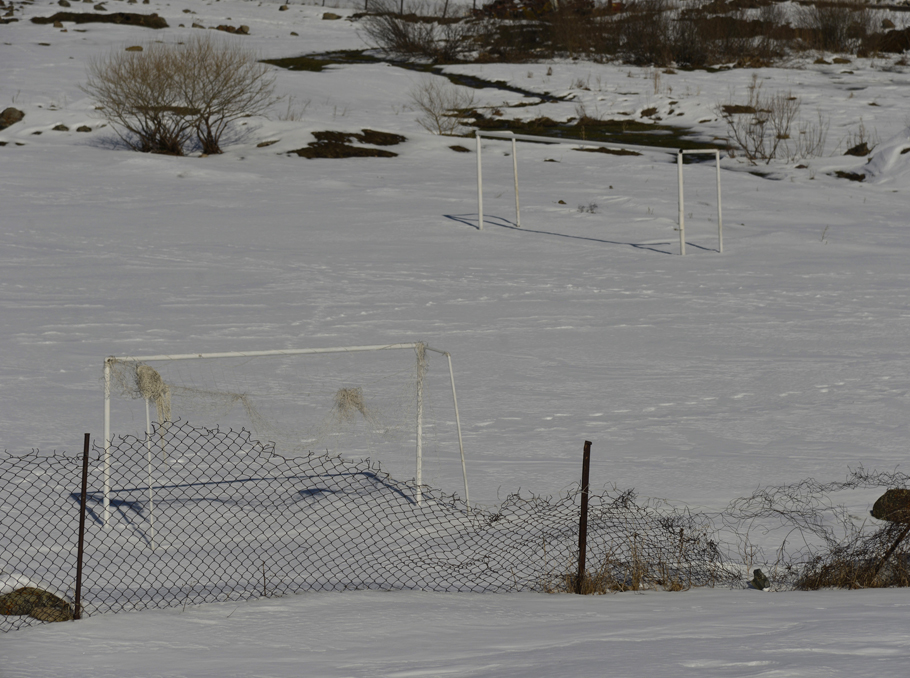
Photo: Vaghinak Ghazaryan/ Mediamax
The children are already thinking about the next project. They decided to develop tourism in the village. They already have an idea about areas for tent recreation, and they will pique the villagers’ interest so that they receive tourists in their homes. Next in line is the construction of a new school building. It is a slightly distant but a very realistic project.
Lusine Gharibyan
Photos by Vaghinak Ghazaryan (especially for Mediamax)










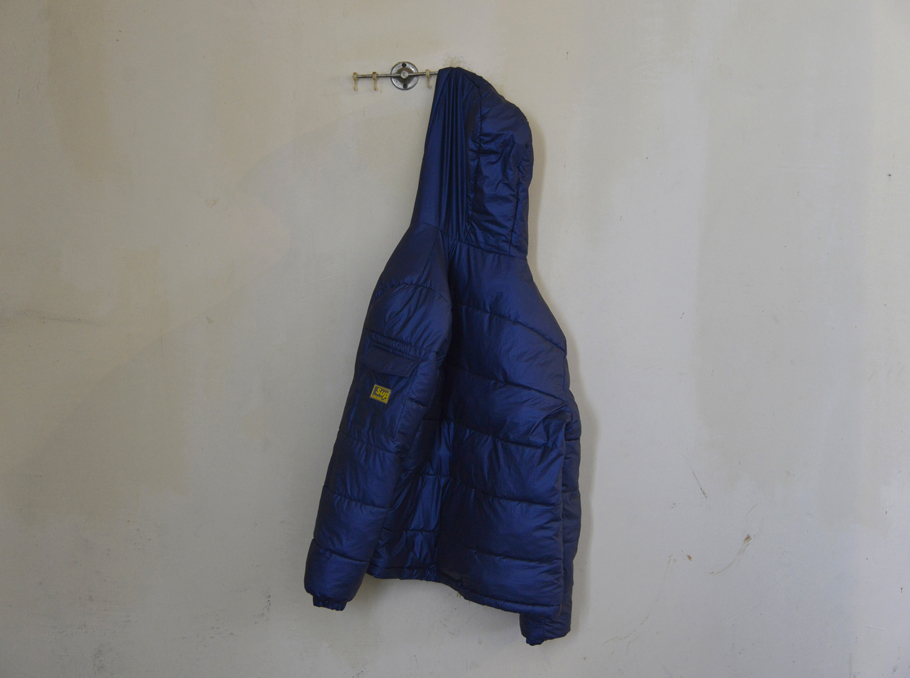







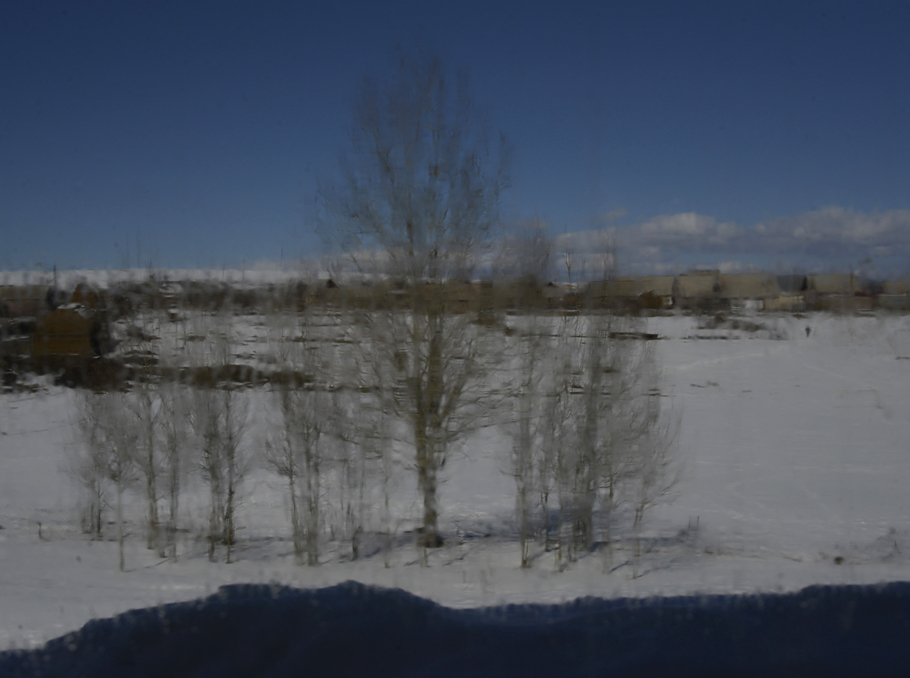








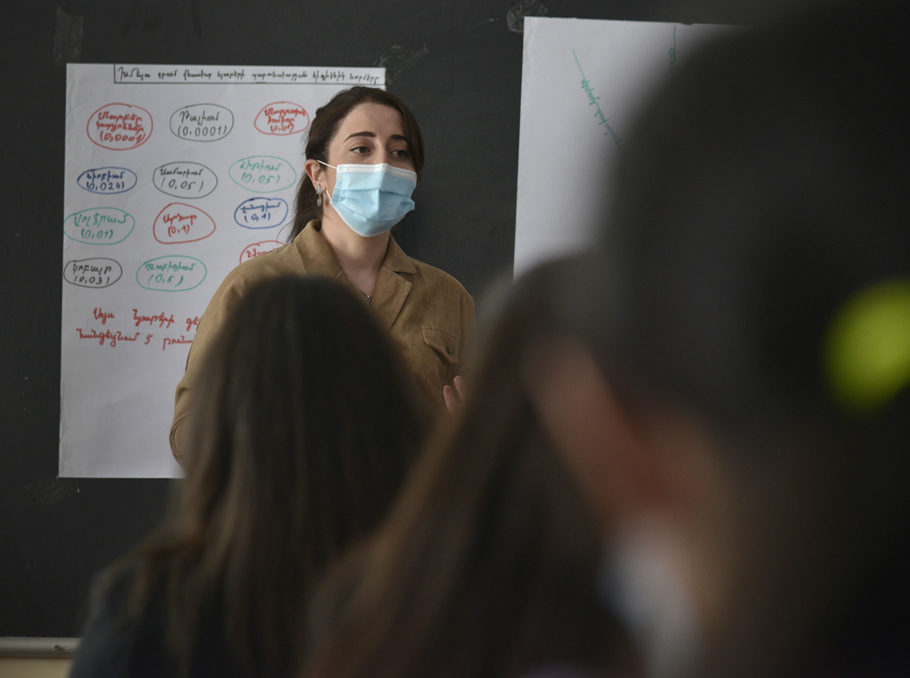














Comments
Dear visitors, You can place your opinion on the material using your Facebook account. Please, be polite and follow our simple rules: you are not allowed to make off - topic comments, place advertisements, use abusive and filthy language. The editorial staff reserves the right to moderate and delete comments in case of breach of the rules.